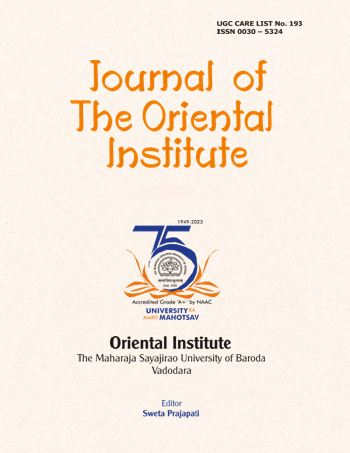THE DREAMLIKE VISION IN COLERIDGE’S KUBLA KHAN: A STUDY OF IMAGINATION AND REALITY
DOI:
https://doi.org/10.8224/journaloi.v74i1.710Abstract
As one of the most mysterious and haunting poems in English literature, Kubla Khan by Samuel Taylor Coleridge blurs the barriers between imagination and reality. It is widely considered to be one of the most perplexing poems ever written. The poem, which was written under the influence of an opium-induced dream, depicts a colourful and surreal environment that weaves together aspects of natural beauty, elements of the supernatural, and the force of artistic creativity. Using a variety of techniques, including rich imagery, melody, and symbolic contrasts, this research investigates how Coleridge creates a dreamy setting in his writing. The study illustrates how Kubla Khan exemplifies the Romantic ideal of poetic inspiration while simultaneously revealing the limits of human vision. This is accomplished by exploring the interaction between the actual and the imagined. The research also takes into consideration how the fragmented structure of the poem is a reflection of the elusive nature of creative vision, implying that genuine artistic transcendence is still just beyond the reach of the human mind. As a result of this, the research places Kubla Khan into the context of the larger Romantic discourse on the power and limitations of imagination.








